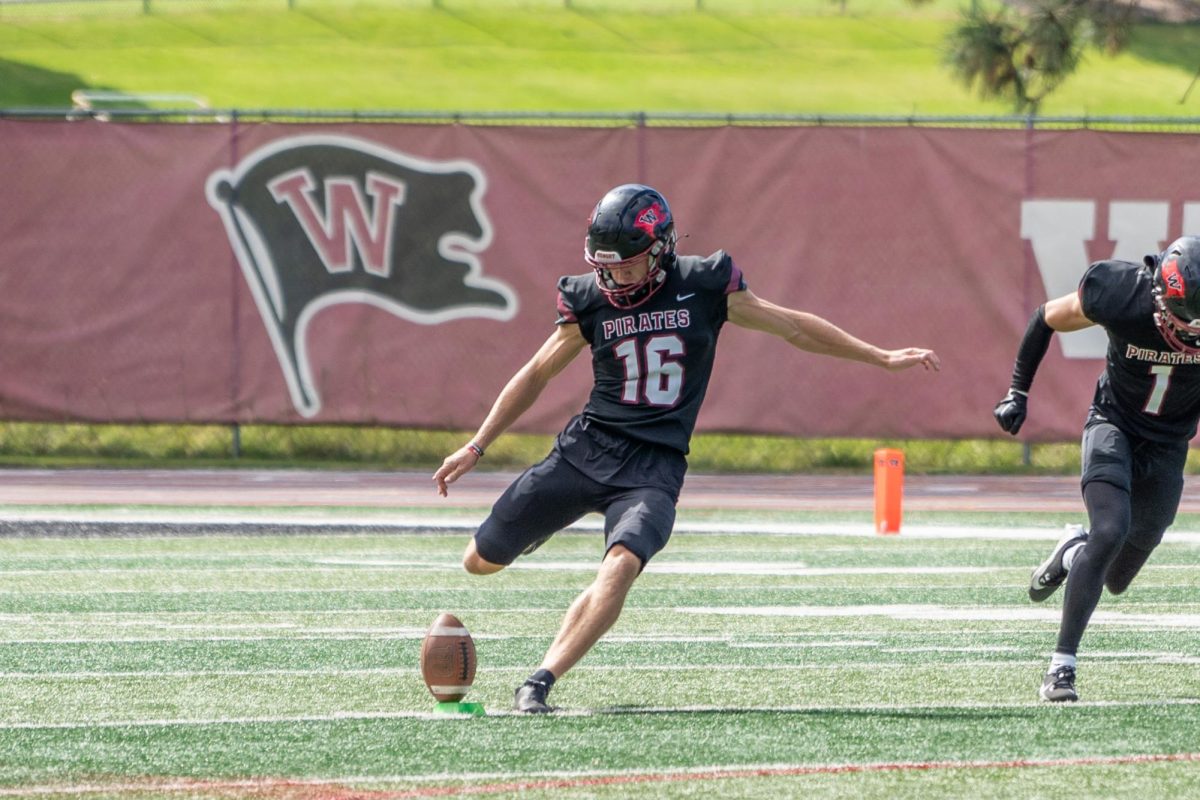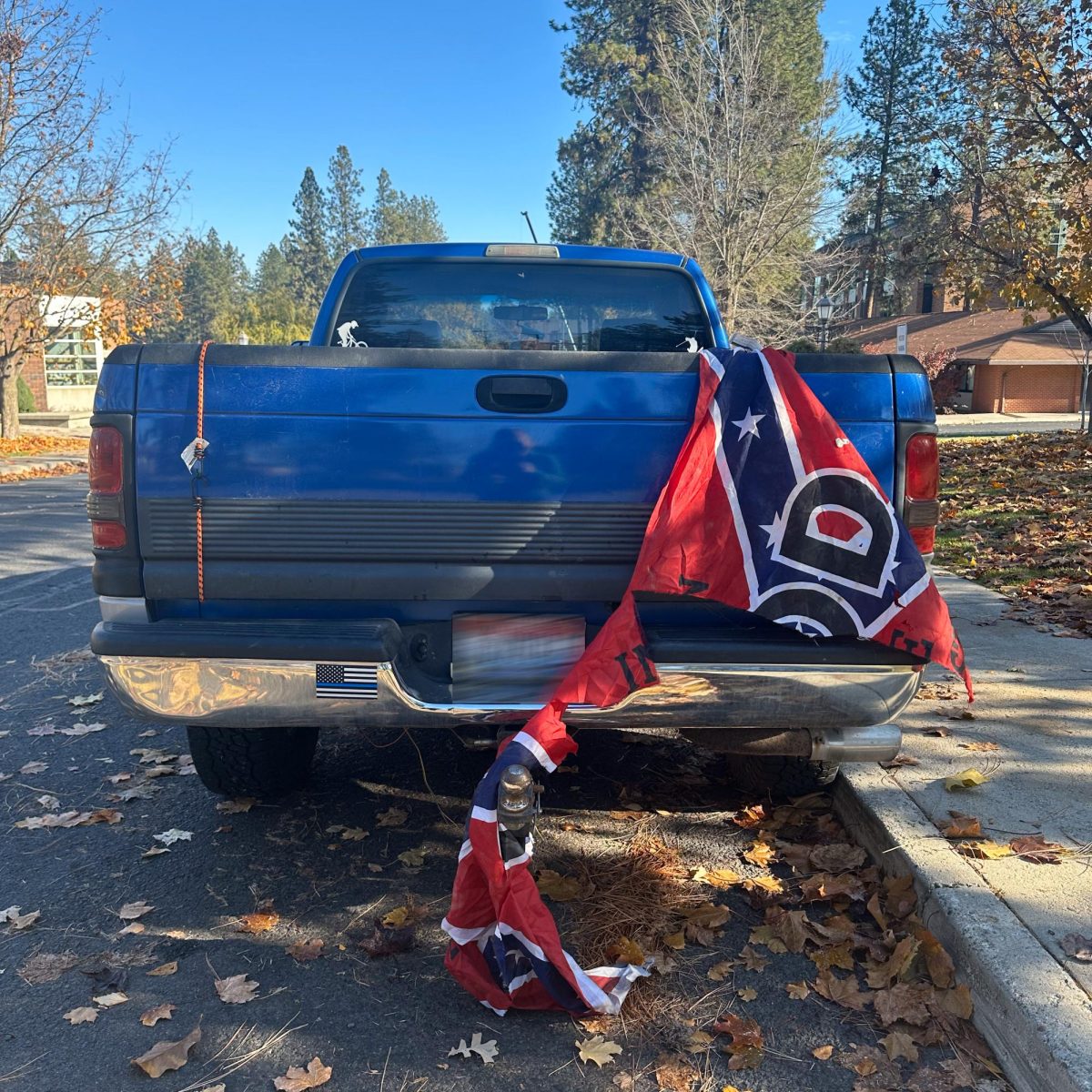According to the Invisible Children organization, “Where you live shouldn’t determine whether you live.”
Last week, if you went on Facebook, your newsfeed would have been filled with posts about the Kony 2012 campaign sparked by Invisible Children.
For more than 10 years, Invisible Children has been fighting the Lord’s Resistance Army led by Joseph Kony in Uganda, Africa, and have freed many of the child soldiers he has abducted and forced to fight in his army.
But freeing the children and going after the army can only last for so long; now it is time to capture and stop Kony once and for all.
That is where the Kony 2012 video came into play. In order to help the Ugandan army hunt down Kony, they need the help and technological force the United States has through military advisers.
However, in order for the advisers to help the Ugandan army, the U.S. government needs to know that the people of the U.S. care about this cause.
That is the goal of the video: to spread the word, inform people about the goal of Invisible Children, make Kony’s name and face known by all and show the government we care.
It is hard to care for a cause that you do not know about, and that is why Invisible Children wants to make Kony famous. They want everyone to know who he is and what he is doing so that when the video and campaign end on Dec. 31, 2012, the government will see how many people truly care about finding Kony.
Making him famous comes through several phases. First through the video that people are streaming all over Youtube and Facebook. Then by drawing attention through 20 people connected to our culture (Taylor Swift, Angelina Jolie, Ryan Seacrest, Tim Tebow, etc.) and 12 people associated with our politics. Then, prompted through the video, people can purchase the action kit that includes a shirt, a bracelet, the video and many posters to use on April 20.
On April 20 starting at sundown, people all across the world will cover their towns with posters of Kony’s face so that when people wake up the next morning, that is all they see. These are all good things, right?
People are being moved to spread the word by posting the video on Facebook to reach more people. Within the first two days of the video being on Youtube, 2 million people viewed it. It reached 34 million views after that night. People who viewed the video could be more inclined to buy the action kit to use on April 20 and, in the long run, help Invisible Children persuade the U.S. military advisers to take action.
If this video is being used to spark a good cause, to help change the world, to make it a better place, then why do people have the nerve to look down on this campaign and use Facebook as an outlet to display their disgust?
If you went on Facebook two days after the video flooded newsfeeds, you would have seen status updates that seemed out of place.
Comments were made that the campaign is just a fashion trend, that this video and people changing their profile picture won’t solve anything and that we are focusing on the wrong problems.
How do you know? How do you know that this one video, or someone changing their profile picture, did not spark interest in someone else to dig deeper into the subject, find out what Invisible Children is all about and decide they want to take a stand against Kony?
Invisible Children is popular, and quite frankly, props to them for becoming so popular in the past 10 years. If they weren’t popular, you and I may not have any idea who Kony is.
Instead of critiquing their strategies, you should be thanking them for the work they are doing. People on the Invisible Children team have dedicated countless numbers of hours and days working on stopping the LRA, and some have even lost their lives during their stand against Kony.
If you think this video is just a fashion trend, and think people are posting it and watching it just to look cool, then you have a majority of people’s motives wrong. It can’t be so hard to believe there are people in the U.S. who wholeheartedly support the cause of Invisible Children and want to back them up as they fight for Africa.
People who repost the video are people involved in Invisible Children clubs, have gone to screenings, have heard about the cause or simply watched the video and felt inclined to spread it as Invisible Children asked.
If you don’t support Invisible Children, fine. If you don’t think their strategy of targeting the most-viewed search engines on the Internet to spread the word is effective, fine. If you don’t want to spread the word and join in the campaign, fine; don’t.
But by no means does anybody’s negative feelings toward this video and campaign give them any right to publicly judge those who support the campaign and judge their intentions for supporting Kony 2012.
If you don’t want to join this movement, then don’t, but just know why you don’t and don’t judge others who are passionate about this.
If you think that we should be focusing our attention on other problems, that’s great. Join a movement for that problem and then look to Invisible Children as an example and spread the word so people will recognize the problem you are fighting for and join the fight.
Williamson is a freshman majoring in journalism and mass communication. Comments can be sent to hwilliamson15@my.whitworth.edu.






 Spokane?
Spokane?